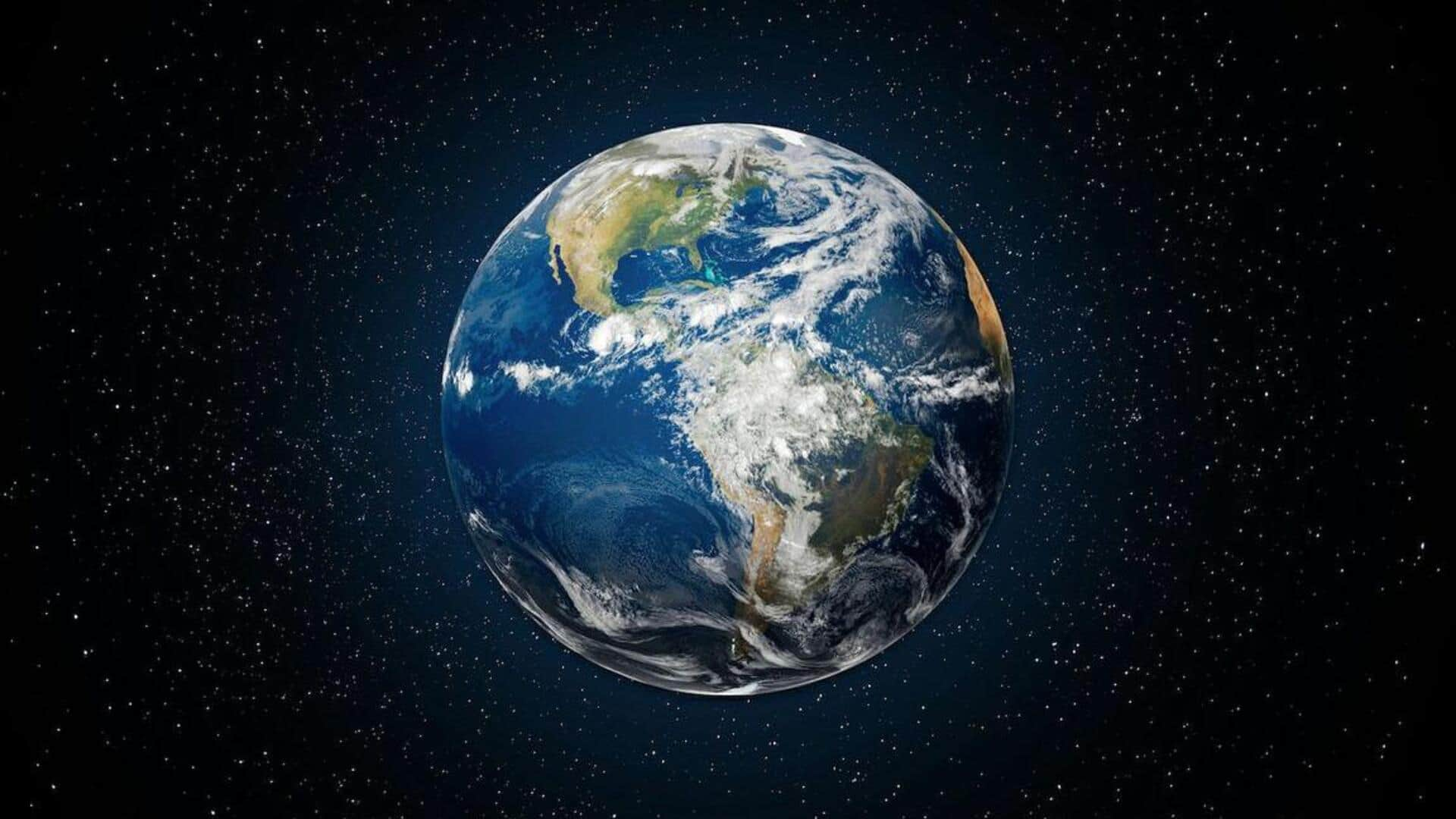
This is how Earth got oxygen in its atmosphere
What's the story
A study published in Nature Communications has revealed that phosphorus, a key nutrient for photosynthesis, played a major role in the rise of Earth's first major atmospheric oxygen surge over two billion years ago. The research was led by Dr. Matthew Dodd from the University of Western Australia's School of Earth and Oceans. The study shows how phosphorus pulses fueled blooms of photosynthetic microbes, which boosted the organic carbon burial and allowed oxygen to accumulate in the air.
Research findings
Study combined ancient carbonate rock archive with modeling
The study combined a global archive of ancient carbonate rocks with modeling to simulate the Earth's climate system. It showed that the ocean phosphorus and atmospheric oxygen rose and fell together during the Great Oxidation Event. The team measured carbonate-associated phosphate, a proxy for dissolved seawater phosphate, which tracked carbon isotope signals recording biological productivity and carbon burial.
Experimental validation
Transient boosts in phosphorus delivery replicated rapid oxygenation
Thousands of model experiments showed that transient boosts in phosphorus delivery to the oceans replicated both rapid oxygenation and the distinctive isotope fingerprints in the rock record. "Oxygen is the hard currency of complex life and when phosphorus levels rose in the early oceans, photosynthesis revved up," Dr. Dodd said. He added that more organic carbon burial resulted in free atmospheric oxygen accumulation, marking Earth's first major breath.
Future prospects
Research offers testable biological pathway for creating, sustaining oxygen
The study's results have implications for creating sustainable oxygen levels on Earth and provide a guide for astrobiologists. "Astronomers increasingly treat oxygen-rich atmospheres as prime targets in the search for life beyond Earth, but oxygen can, in principle, arise without biology," Dr. Dodd said. He added that their research offers a testable biological pathway for creating and sustaining oxygen on living worlds and offers a framework for interpreting oxygen detections on exoplanets.